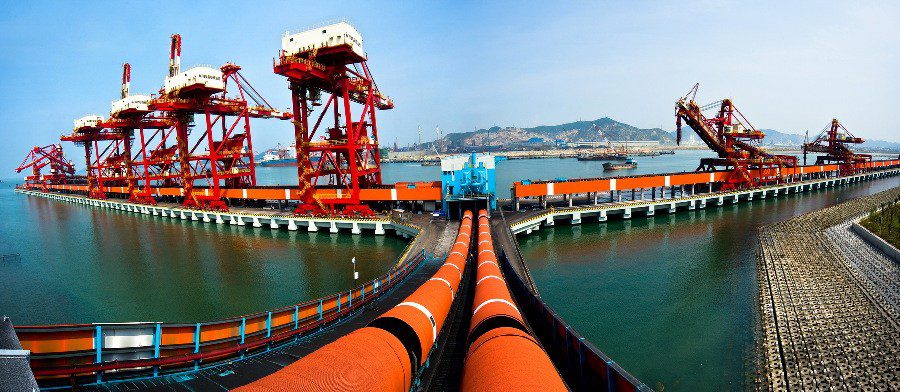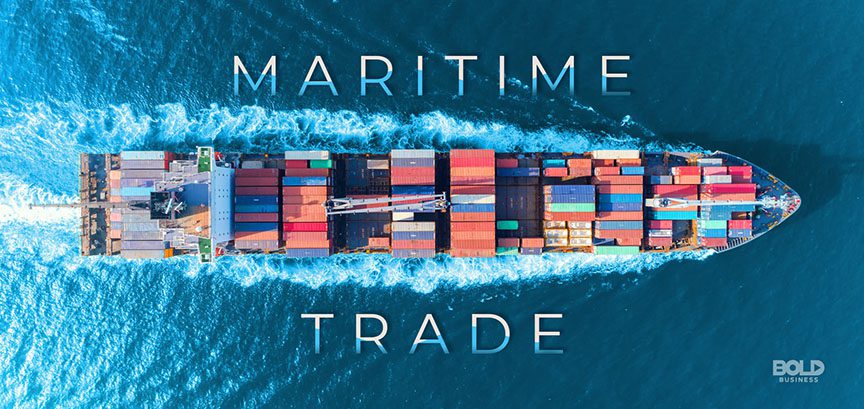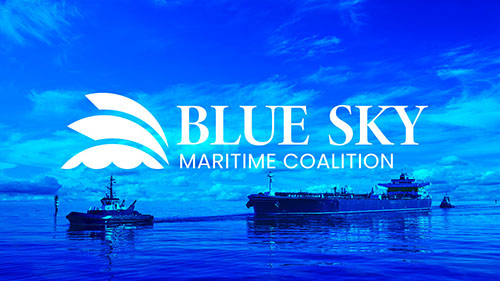1. Port Rules and Regulations
1.1 General Provisions
– Operates under Maritime Code of China (2016 Amendment) and Port Law of China (2018 Revision)
– Mandatory compliance with:
• SOLAS 1974 (as amended)
• COLREGs 1972
• ISPS Code
• IMDG Code (2022 Edition)
– Special regulations for:
• LNG carriers (additional safety zones + escort tugs per Zhuhai MSA Notice 2020-12)
• Vessels >15m draft (tide-dependent approval per Zhuhai VTS Circular 2023-05)
1.2 Navigation Rules
– VHF monitoring:
• Ch.16 (distress)
• Ch.08 (port ops)
• Ch.12 (ship-to-ship)
– Speed limits:
• 8 knots (inner harbor)
• 12 knots (approach channels) per Zhuhai MSA Notice 2021-03
– Prohibited zones:
• 500m Gaolan LNG terminal
• 300m HZMB bridge per Decree No. 15/2020
– AIS mandatory >300 GT (China MSA Order No. 14/2019)
1.3 Berthing Regulations
– Notification deadlines:
• 24h general cargo
• 48h hazardous materials
• 72h LNG carriers per 2022 Operations Manual
– Mooring standards:
• 6 lines min for >200m LOA
• OCIMF MEG4 compliance
– Gangway safety:
• Nets required >1.5m freeboard
• Max 30° angle (ISO 5488:2015)
– Cold ironing mandatory >2h berthing per 2022 Eco Regulation
2. Compliance Requirements
2.1 Document Compliance
– Vessel certificates:
• Registry/Class/P&I/Load Line/IOPP/ISSC
– Crew documents:
• STCW with Chinese visa
• Medical certificates
– Cargo docs via China Single Window (Customs Order No. 172/2021):
• IMO DG manifest
• Stowage plans
• 6h pre-arrival notice
2.2 Safety Equipment
– Lifesaving:
• 200% lifejackets + thermal suits
• 4 SOLAS rafts (>500GT)
– Firefighting:
• Monthly drill records
• CO2 hydro tests <5y
– Gas detection:
• Continuous monitoring (Circular 2019-07)
• Calibration <6mo
3. Enforcement Measures
3.1 Inspection Regime
– 100% inspection for:
• >15yo vessels
• Prior detentions
• Class A hazardous cargo
– 2023 CIC focus:
• Mooring arrangements
• Cybersecurity
4. Operational References
4.1 Tide Tables
– Tidal range:
• 1.2m (neap)
• 2.8m (spring)
– Critical depths:
• Gaolan: 12.5m CD
• Jiuzhou: 8.3m CD
4.2 Pilotage
– Mandatory for:
• >10,000 GT
• LNG carriers
• Class A/B DG
– Boarding positions:
• Gaolan: 22°15.3’N 113°34.8’E
• Jiuzhou: 22°13.7’N 113°36.2’E
5. Verification Standards
– Cross-checked with:
• China MSA (www.msa.gov.cn)
• IMO Circulars
• Port Authority reports
– Technical standards:
• ISO 9001:2015
• OCIMF MEG4
• IACS UR Z17 (LNG)
6. Typhoon Procedures
– Signal No.3 (Yellow):
• >50,000 GT prep departure
• Cease ops at Beaufort 6
– Signal No.8 (Red):
• Evacuate non-essential
• Clear >200m LOA
7. Security Measures
– ISPS levels:
• L1: Standard screening
• L2: 100% container checks
• L3: Armed patrols
– Restricted areas:
• 50m naval facilities
• 100m LNG tanks
8. Port Infrastructure Details
8.1 Berth Specifications
– Gaolan Terminal West Wharf:
• Length: 1,200m
• Depth: -18.5m CD
• Max vessel: 200,000 DWT
• Crane capacity: 4 x 65t gantry cranes
– Jiuzhou Container Terminal:
• Quay length: 800m
• Depth: -14.5m CD
• Post-Panamax cranes: 8 units (50t SWL)
8.2 Navigational Aids
– Light characteristics:
• Gaolan Breakwater: Fl(3)G 12s 15m 10M
• Jiuzhou Channel: IALA System A
– DGPS coverage: Accuracy <5m (22°17’06″N 113°34’12″E)
– Radar coverage: 24nm range from Wanshan Station
9. Emergency Services
9.1 Response Capabilities
– Oil spill response:
• 500m containment boom (Gaolan)
• 2 x 50-ton skimmers
• Dispersant stock: 20 tons
– Medical facilities:
• Port clinic: 24/7 emergency care
• Hyperbaric chamber at Zhuhai People’s Hospital
9.2 Emergency Contacts
– MRCC Zhuhai: +86 756 12395 (VHF Ch.16)
– Port Authority: +86 756 322 8888
– Pollution Hotline: +86 756 12369
10. Legal Framework
10.1 National Legislation
– Maritime Traffic Safety Law (2021)
– Marine Pollution Prevention Law (2018)
– Port Law (2018 Revision)
10.2 Local Regulations
– Zhuhai SEZ Port Ordinance (2019)
– Pearl River Delta ECA Rules
– Zhuhai Dangerous Goods Management (2021)
11. Technical Standards
11.1 Equipment Certifications
– Mooring equipment: OCIMF MEG4 compliant
– Lifesaving appliances: MED approved
– Fire systems: SOLAS Chapter II-2 compliance
11.2 Operational Standards
– Cargo handling: ISO 28000 security management
– Bunkering: ISO 8217 fuel standards
– Waste management: MARPOL Annex V compliance





